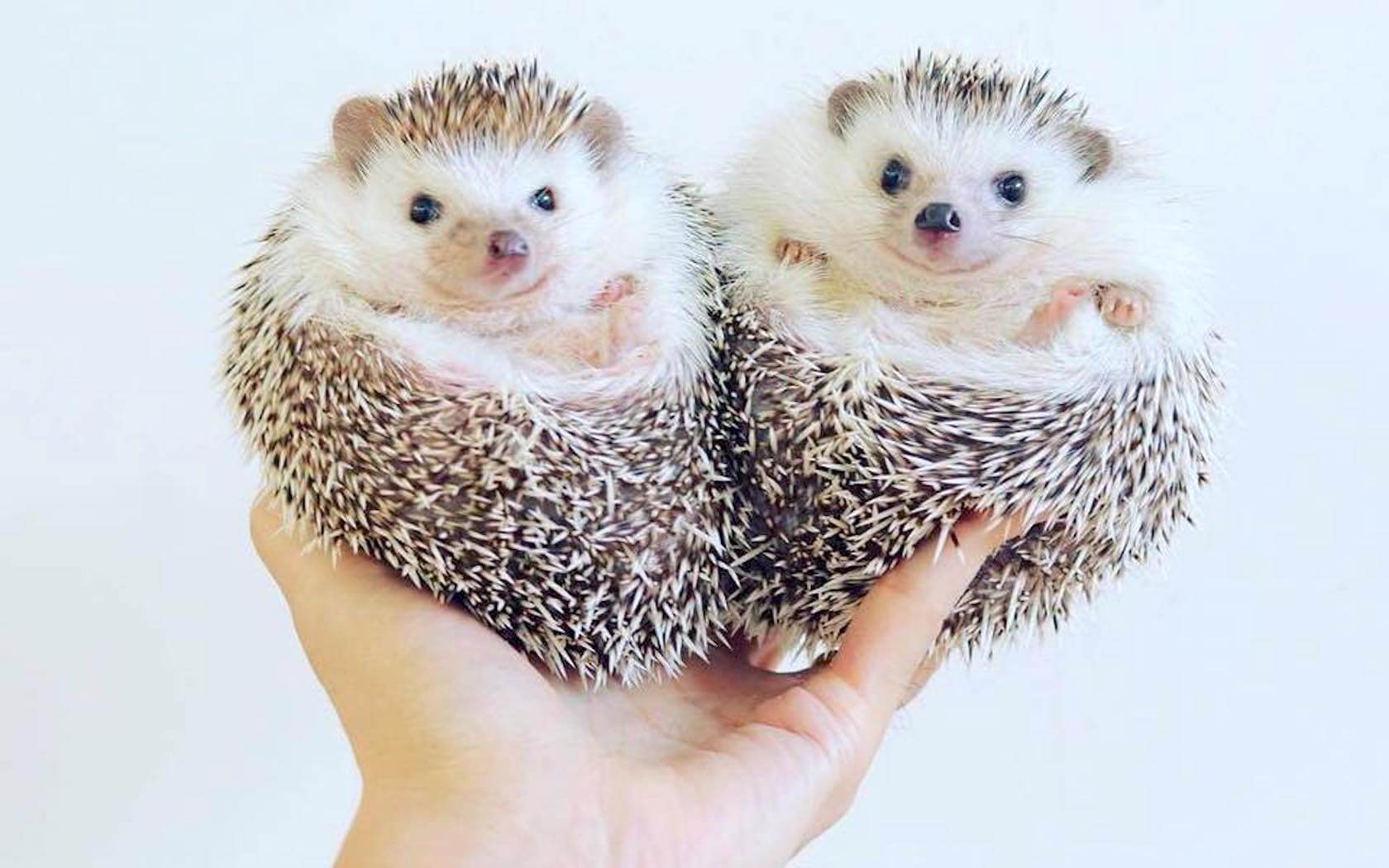There are a couple of reasons why you might need to roll up your sleeves and take care of a newborn baby hedgehog.
Maybe your female hedgehog gave birth to a baby unexpectedly, and now you’re scrambling to figure out what needs to be done. The most common cause of this is when new owners purchase a pet hedgehog that they didn’t realize was pregnant in the first place.
The other likely cause for needing to hand raise baby hedgehogs is if the mother rejects them for one reason or another. In this situation, if you don’t intervene the babies will likely perish.
So what do you do?
First, let’s address a key piece of terminology that will help you better understand this post and other resources on baby hedgehogs around the web.
What Is A Baby Hedgehog Called?
The formal name for a baby hedgehog is a hoglet. In the past, there were a series of names that were used such as pups or urchin, but hoglet has emerged as the frontrunner in recent years.
While “baby hedgehog” is still the most straightforward way to describe what kind of hedgehog you’re dealing with, being aware of the word hoglet is crucial as well. This is because when viewing articles or information on breeder websites, they’ll often use this word to describe their baby hedgehogs.
Now that we’ve cleared that up, let’s get into the info you need to know when taking care of a baby hedgehog.
Give The Mom Her Space Early On
It’s extremely important for mother and baby hedgehogs to be undisturbed for five to ten days after birth. If a mother hedgehog has unnecessary stress, she can eat/reject her young (a very sad but common occurrence).
Another important rule to remember that will help keep the baby hedgehogs safe is that there must be NO cagemates present. This will almost always end in disaster.
The name of the game is to keep the mom and hoglets in a quiet place with enough warmth. Try to keep the space between 74 and 80 degrees Fahrenheit and use your existing heat lamps or pads in order to guarantee this.
You can quietly check in on them and monitor the food supply to make sure the mother is eating. She needs five uninterrupted days of nursing her newborn baby hedgehogs before you should disturb their enclosure at all. After those five days, you may try to spot-clean the enclosure. If momma seems stressed, stop and try again after ten days.
When Is The Normal Time To Remove The Little Ones?
Baby hedgehogs start to open their eyes at 13-24 days old. Their mothers wean them at four to six weeks.
It’s important after about four weeks to provide the hoglets with an additional food supply since they will be suckling less. You can give them wet cat food or dry kitten food soaked with water to make things easy on them.
After seven weeks, it’s ok to remove the baby hedgehogs from their mom’s care. Also, make sure to separate the males and females to avoid breeding – they will be nearing their sexual maturity at two months old.
What If The Mother Won’t Care For Her Babies?
On some unfortunate occasions, a mother will reject her hoglets. The baby hedgehogs may get pushed out of the nesting area, and will not receive feeding. You can try to replace the hoglet back into the nest using a spoon (you want to keep your scent off the little one).
She may also kill or eat her young. This can sometimes happen despite you doing everything possible to keep them undisturbed and comfortable. If this happens you’ll need to remove the babies.
If your attempts to reintroduce the baby hedgehog to the nesting area fail and the mother isn’t nursing her young, you’ll need to hand-rear the newborn hoglets.
But I’m Not A Hedgehog. How Do I Rear The Babies Myself?
Rearing a baby hedgehog can be simple with the correct setup. If you have access to another female hog with a litter, you can place the little ones with her. By rubbing a hoglet in the new mother’s bedding, you’ll make the baby smell like her own, and she may foster/rear it for you.
If fostering by another female is not possible, you’ll need to wean the baby hedgehogs yourself. Like any newborn parent, you’ll need to be prepared for an awkward sleep schedule. Hoglets need to be fed every two to three hours for the first three weeks of their lives. To do this you’ll need:
- Plastic syringes – some even have rubber “nipples”.
- Sheep’s milk (close in nutrients to hog milk) or a form of milk replacer.
- Raw egg (a little can be mixed with the milk into a “formula”.
- A damp cloth/baby wipes for inducing urination and bowel movements.
You can gradually syringe small amounts of the formula into the baby hedgehog’s mouth. Watch for formula coming out of the hoglet’s nose- if this happens, wipe its face and give it a chance to finish swallowing.
Note: Make sure the formula is warm but not too hot. Just like with a human baby bottle!
Upon feeding, you’ll need to induce urination or bowel movements in the baby hedgehog. The mothers usually lick their young to do this. You can take a damp cloth or a baby wipe, and gently rub the baby’s groin/anal area to encourage it to go to the bathroom. It’s important to do this after every feeding.
Way To Go!
You now know the basics when it comes to taking care of baby hedgehogs. This is a process that might seem intimidating at first, but with these guidelines you’ll be well on your way!
Remember if you have any concerns/questions about baby hedgehog care, contact your breeder or local exotic vet immediately to ensure your hoglets are taken care of.






